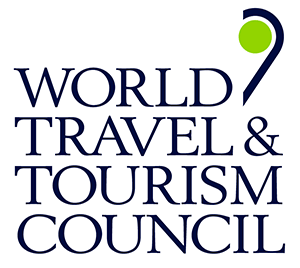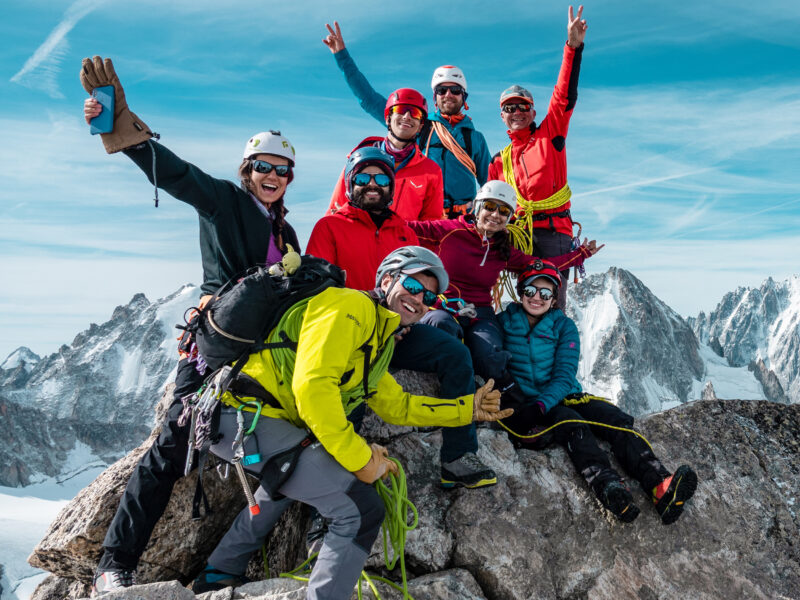BY Hazem El Shamy | November 21 2024
The Kilimanjaro Success Rate: Why It Doesn’t Matter

When it comes to climbing Mount Kilimanjaro, one topic that often comes up is the success rate. Many aspiring climbers are eager to know how many people actually reach the summit, and while this statistic can be intriguing, it’s essential to understand why it isn’t the most important factor in your journey.
Understanding the Numbers
The success rate for climbing Kilimanjaro varies based on several factors, including the route chosen, the time of year, and the climbers’ preparation. Because Kilimanjaro is climbed by people of all ages, backgrounds, levels of physical fitness, and experience, it makes the statistical sample an unreliable one at best. Furthermore, there is no independent observer to validate successful summits, so certificates are issued based on the word of the guides and operators who are under pressure to deliver success rates.
The Climb is More Than Just the Summit
First and foremost, the experience of climbing Kilimanjaro is about much more than reaching the top. Yes, summiting Uhuru Peak is a monumental achievement, but the journey itself offers unparalleled beauty and personal growth.
- Breathtaking Scenery: From lush rainforests to alpine deserts, each step offers a new landscape that captivates the senses.
- Cultural Engagement: Interacting with local guides and porters provides insight into the rich culture of Tanzania, making the experience richer.
- Personal Reflection: The climb is a test of endurance and mental strength, offering moments for self-reflection and growth that are invaluable at the personal level.

The Importance of Preparation
Rather than fixating on statistics, climbers should focus on preparation and mindset. A well-planned trip that emphasizes acclimatization, physical training, and mental readiness will significantly enhance your chances of success. Here are some tips:
- Choose the Right Route: Some routes offer better acclimatization schedules and a higher likelihood of reaching the summit.
- Train Effectively: Building endurance through hiking, cardio, and strength training will prepare your body for the challenges ahead.
- Stay Flexible: Weather conditions and personal health can change, so being adaptable is key.

The Real Measure of Success
Ultimately, the real success of your Kilimanjaro journey should be measured by the memories you create, the challenges you overcome, and the lifelong friends you make along the way. Many climbers find that the friendships forged on the mountain are as rewarding as reaching the summit itself.
So, while the success rate for reaching the summit of Kilimanjaro is certainly an interesting statistic, it shouldn’t be the focal point of your adventure. Embrace the journey, prepare well, and savour every moment. After all, the true essence of climbing Kilimanjaro lies not just in reaching the peak but in the rich tapestry of experiences you gather along the way. Let Kilimanjaro be a chapter in your life story, not just a statistic.
Happy climbing!














